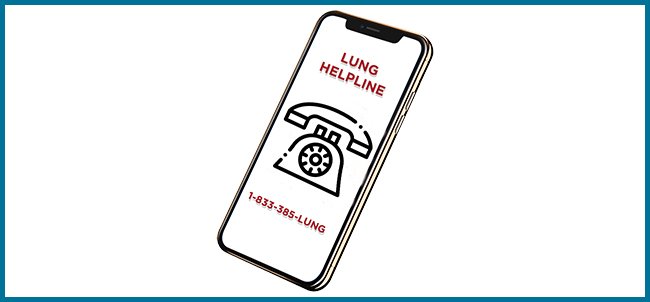Diagnosis
Pneumonia can sometimes be difficult to diagnose because the symptoms can be so variable, and can often be very similar to the symptoms seen in the flu, or a cold.
To diagnose pneumonia, your doctor will likely ask you questions about your medical history, do a physical exam, and order diagnostic tests.
Medical History
During a medical history, your doctor will ask questions about your signs and symptoms, and how and when they started. To help understand what may have caused the infection, and whether it was due to a virus, bacteria, or other, you may be asked questions about possible exposures, like:
- whether you have had any recent illness
- whether you have been exposed to other sick people at home, work, school, or elsewhere
- whether you have had any recent travel
- whether you have contact with animals
Physical Exam
During a physical exam your doctor will likely listen to your lungs using a stethoscope. If you have pneumonia, abnormal sounds like crackling, bubbling, and rumbling might be heard when you breathe in.
Diagnostic Tests
To confirm that you have pneumonia, your doctor may order some tests like:
- Blood tests
- to confirm there is an infection and to help identify what is causing the illness.
- Chest X-ray
- to look for the location and the extent of infection in your lungs.
- Sputum test (sample of mucus)
- to look for the source of the infection.
- Pulse oximetry
- to measure the oxygen level in your blood. Pneumonia can make it difficult for your lungs to move oxygen from the air you breathe, into your bloodstream.





